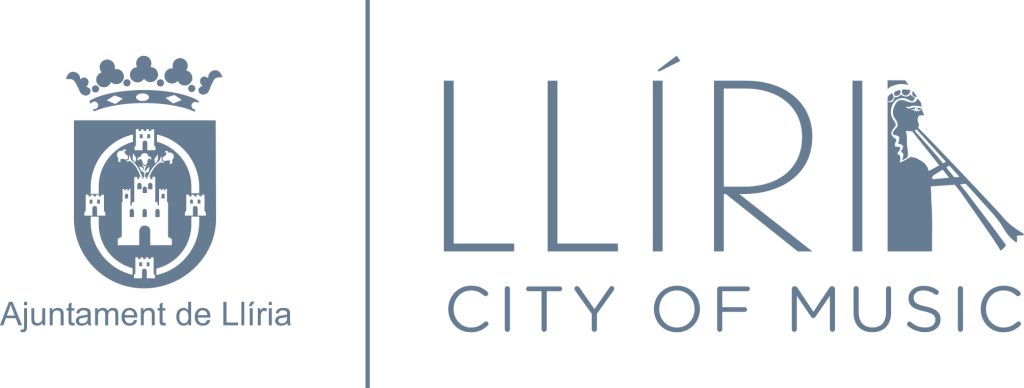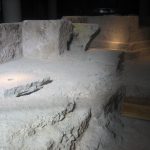THE OBJECTIVE IS TO PREPARE THE ERASMUS+ MOBILITY OF THE PORTUGUESE STUDENTS WHO WILL CARRY OUT AN EXCHANGE WITH THE LOCAL CONSERVATORY

The Councilor for Artistic Education, Paco García, together with the management team of the Llíria Professional Music Conservatory, held a meeting this weekend with Màrio Teixeira, pedagogical director of the Orfeão de Leiria in Portugal, also a Creative City in Music for the Unesco.
The main objective of this work visit was to prepare the Erasmus+ mobility of the Portuguese students who will carry out an exchange with the center of Llíria next year.
A total of 15 students from the Orfeão de Leiria will be in the first fortnight of March in the town of Edeta, where they will be able to share musical and artistic experiences with the students of the Conservatory, musical societies and visit the area’s heritage.
This meeting is part of the collaboration of exchanges that, from the UNESCO Creative Cities Network and the European Erasmus+ program, the Llíria City Council is carrying out, in order to internationalize the music and musicians of the municipality.








